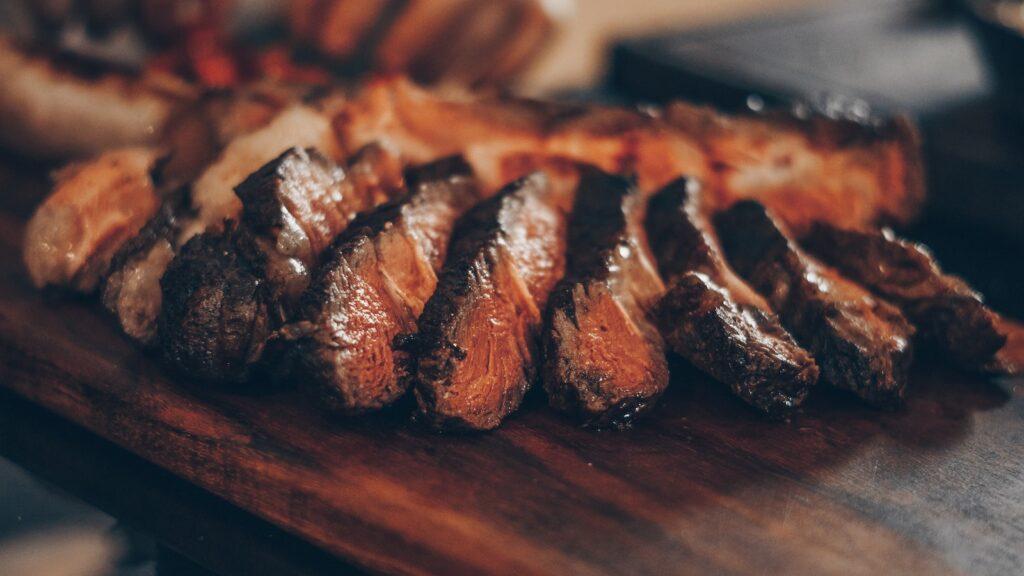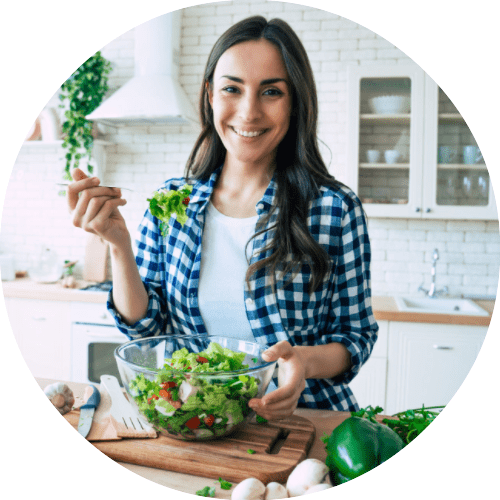Rated & Reviewed is reader-supported. When you buy through links on our site, we may earn an affiliate commission. Learn more.
Are you torn between sous vide cooking and traditional cooking methods? Do you want to know which is better for your needs? This post will compare the benefits of both cooking methods, highlighting their pros and cons, to help you make an informed decision.

What is Sous Vide Cooking?
Sous vide cooking is a method that involves cooking food in a precisely controlled water bath. The food is placed in a vacuum-sealed bag and submerged in water at a specific temperature for an extended period. This method ensures that the food is cooked at a consistent temperature and retains its nutrients and flavors.
The benefits of sous vide cooking include:
- Precise temperature control: Sous vide cooking allows you to cook food at an exact temperature, which helps to prevent overcooking or undercooking.
- Retains nutrients and flavors: Since the food is cooked in a vacuum-sealed bag, it retains its nutrients and flavors.
- Convenience: Sous vide cooking is perfect for meal prep and busy schedules since you can cook food in advance and reheat it when needed.
What Are Traditional Cooking Methods?
Traditional cooking methods involve cooking food using heat sources such as an oven, stove, grill, or smoker. These methods are versatile and widely used in households, restaurants, and catering businesses.
The benefits of traditional cooking methods include:
- Versatility: Traditional cooking methods can be used to cook a wide range of foods.
- Enhances flavors and textures: Cooking food using traditional methods can enhance its flavors and textures.
- Affordability: Traditional cooking methods do not require specialized equipment, making them more affordable than sous vide cooking.
Benefits of Sous Vide Cooking
Precise Temperature Control
With sous vide cooking, you can cook food at an exact temperature, which helps to prevent overcooking or undercooking. This is particularly useful when cooking delicate foods such as fish, which can easily be overcooked using traditional methods.
Retains Nutrients and Flavors
Sous vide cooking allows food to cook in its juices, which helps to retain its nutrients and flavors. This results in food that is tender, juicy, and full of flavor.
Convenience
Sous vide cooking is perfect for meal prep and busy schedules since you can cook food in advance and reheat it when needed. This is particularly useful for busy individuals who want to eat healthy but don’t have much time to prepare meals.
Benefits of Traditional Cooking Methods
Versatility
Traditional cooking methods are versatile and can be used to cook a wide range of foods. Whether you want to grill a steak, bake a cake, or roast a turkey, traditional cooking methods can get the job done.
Enhances Flavors and Textures
Cooking food using traditional methods can enhance its flavors and textures. For example, grilling a steak can give it a smoky flavor and a crispy exterior, while baking a cake can give it a soft and fluffy texture.
Affordability
Traditional cooking methods do not require specialized equipment, making them more affordable than sous vide cooking. All you need is a stove, oven, or grill to get started.
Read More About Sous Vide Machines
Cons of Sous Vide Cooking
Initial Investment
Sous vide cooking requires specialized equipment, such as a sous vide machine and vacuum sealer, which can be expensive. This can be a barrier for individuals who are just starting with sous vide cooking.
Time-Consuming
Sous vide cooking can be time-consuming, as the food needs to cook for an extended period. This is not ideal for individuals who want to cook meals quickly.
Limited Visual Appeal
Sous vide cooking does not provide the same visual appeal as traditional cooking methods, as the food does not have a crispy exterior.
Cons of Traditional Cooking Methods
Potential for Overcooking or Undercooking
Traditional cooking methods can be tricky, as it is easy to overcook or undercook food. This can result in dry, tough, or unappetizing food.
Messy and Labor-Intensive
Cooking food using traditional methods can be messy and labor-intensive, as it involves cleaning pots and pans and dealing with grease and oil.
Potential for Uneven Cooking
Traditional cooking methods can result in uneven cooking, particularly when cooking large or thick pieces of food. The outer layer of the food may be overcooked, while the inside may be undercooked.
Which Is Better?
The choice between sous vide and traditional cooking methods ultimately depends on personal preferences and needs. Sous vide cooking is ideal for individuals who want to cook food precisely and retain its nutrients and flavors. Traditional cooking methods are ideal for individuals who want to cook a wide range of foods and enhance their flavors and textures.
To determine which method is best for you, consider your cooking style, budget, and time constraints. You can also experiment with both methods to see which works best for your needs.
FAQs
What types of food can be cooked with sous vide?
Sous vide cooking can be used to cook a wide range of foods, including meat, fish, vegetables, and desserts.
How do I know which cooking method to choose?
The choice between sous vide and traditional cooking methods depends on personal preferences and needs. Consider your cooking style, budget, and time constraints to determine which method is best for you.
Is sous vide cooking safe?
Sous vide cooking is safe as long as the food is cooked at the right temperature and for the right amount of time. Make sure to follow sous vide cooking guidelines to ensure food safety.
Conclusion
Sous vide and traditional cooking methods have their own benefits and drawbacks. Sous vide cooking is ideal for individuals who want to cook food precisely and retain its nutrients and flavors, while traditional cooking methods are ideal for individuals who want to cook a wide range of foods and enhance their flavors and textures. By considering your cooking style, budget, and time constraints, you can determine which method is best for you.
Amazon and the Amazon logo are trademarks of Amazon.com, Inc, or its affiliates.

